Wart is a benign formation on human skin. It is usually a few millimeters in size but there are also larger types of warts. Such tumors can appear in various parts of the human body.
As you know, not all warts are safe. There are several types of skin lesions that require immediate removal. This is necessary to prevent further complications.
Classification of warts
In medicine, there are several types of benign images that can appear on human skin. They are different from each other in appearance, have different developmental uniqueness, as well as location.
There are the following types of warts:
- regular (most common);
- plants (seen on feet);
- oddhvassar (condylomas);
- filiform (accrochords);
- apartment.
Common warts
Such tumors have a diameter that usually does not exceed 1 cm. . These are rather dense tumors with uneven surfaces and clear boundaries. Skin sores belonging to this genus are characterized by the following characteristics:
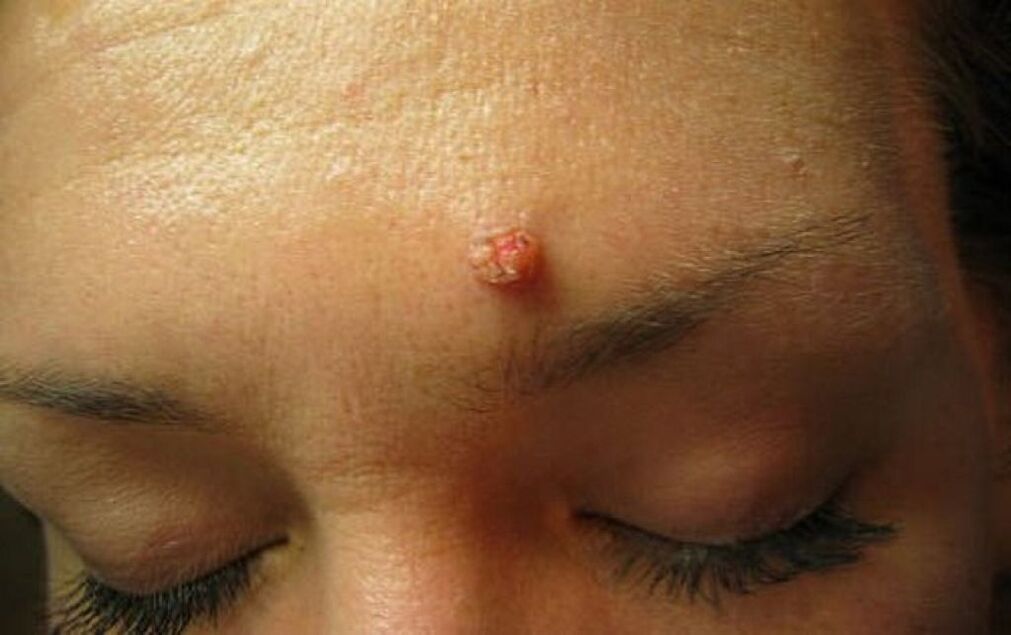
- rounded shape;
- color from yellow to dark gray;
- Common warts are often seen on the elbows, fingers, knees, lips and other areas of the body that are often injured.
Sometimes the formations disappear on their own, but in most cases they require long-term treatment.
Plantar warts
Such outputs get their name from their location. They are on their feet, have convex shapes, but due to the constant pressure created by the weight of the human body, they can become flat. The formation is surrounded by a keratinized layer of skin.
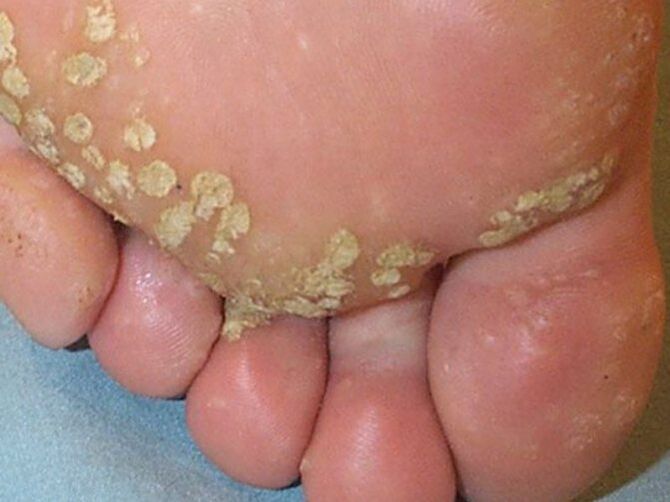
Plant growth can be uncomfortable and painful. This type of benign ulcer differs from granules in that small drops of blood stick out when they are cut, rather than pouring fluid. Plantar warts can cause problems with wearing shoes. They can occur at any age.
Genital warts
Epithelial tissue formation contains a large number of pointed nodules that are interconnected. Their surface may be white or red, sometimes bleeding and causing pain.
Benign benign tumors usually appear on the mucous membranes, at the sites where it passes into the skin. In the future, they will grow, become big. As a result, tumor-like growth is formed.
Filiform warts
Such a formation on the skin derives its name from the shape. Filiform warts are narrow and long. Their locations are as follows:
- face;
- neck;
- lasts.
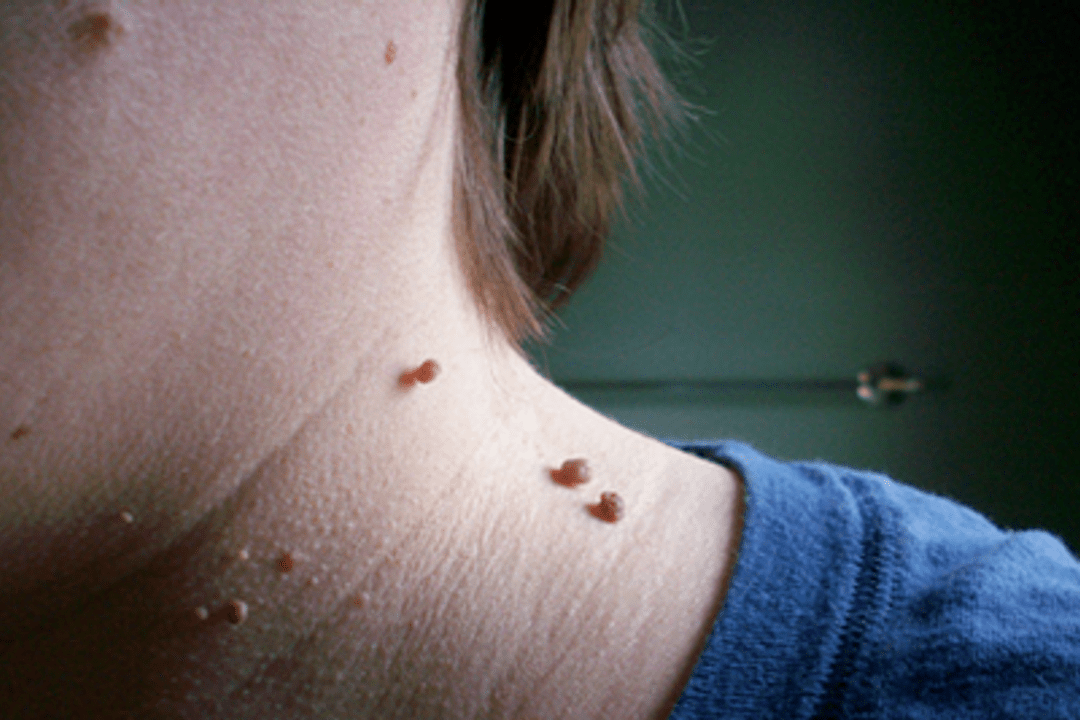
On the outside, the filamentous shapes look like broken threads. They can appear on the body of a person of any age, but they are often seen in older people. As they evolve, the filamentous images change their appearance:
- At first, acrochords look like small bumps on the skin. This makes it easy to confuse them with moles.
- As a result, the nodule increases in size, acquiring an elongated shape. In some cases the acrochords are round, but they still have a thin stem.
- In consistency, the formation is elastic and relatively dense. As a rule, its length does not exceed 5 mm, however, there are cases where the acrochord is more than 1 cm.
Some people have several formations on the body that grow together. They therefore resemble a cock comb in appearance. The acrocords can be brown in color or remain flesh-colored. Sometimes they itch.
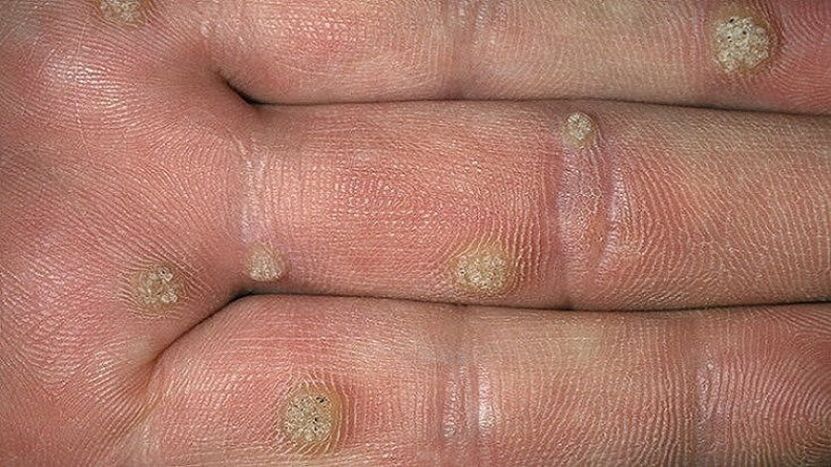
Flat warts
Such formations are nodules that are flat to the touch. They stand out with a yellow-brown color and are usually located on the eyelids and face. These nodules are common in children, but they can also appear in the elderly. These benign tumors do not tend to turn into malignant tumors. This type of growth is extremely rare.
Flat warts rise only above the surface of the skin. They are characterized by a smooth surface and clear boundaries. A special feature is the lack of keratin-enhanced skin, as a result of which smoothness and radiance are preserved. Such formations are localized on the face, lower leg, back of the hand.
Advice!If you have a tumor on your body, you should definitely consult a dermatologist. Only he will be able to confirm exactly what character they have. This will eliminate the development of malignant tumors on the skin.
Senile warts
It is another type of benign image formed on the human body, which can be classified into a separate category. Their properties are as follows:
- senile warts (seborrheic keratosis) occur only in the elderly and do not require treatment;
- they are usually located on the skin, which is often covered with clothing, and are rarely seen on the hands and face;
- such tumors form from the epidermis.
Causes of seborrheic keratosis are often multifaceted. Clinical manifestations depend on the timing of development and location. The early elements are small flat patches of pink or yellow with clear borders, as well as a warty surface.
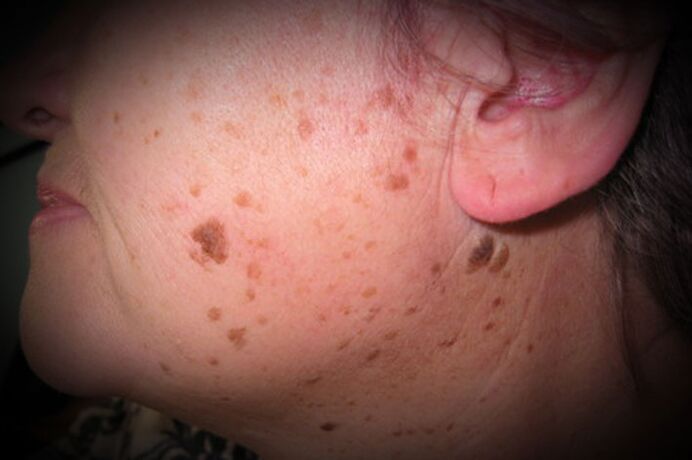
They resemble oily crusts on the skin, which are easy to remove. As a result, these crusts are compressed, streaks with cracks. Over time, they turn into fungal forms, becoming black or dark brown.
The formations have a soft consistency, their boundaries may not be quite clear, even striped. However, they are similar to melanoma. In some cases, there is an inverted form of seborrheic keratosis.
Advice!If aging warts are present, it is recommended to significantly increase the amount of vitamin C that enters the body. It helps to prevent new spots from appearing. However, it must be borne in mind that excess vitamin C can lead to some changes in the functioning of the stomach, as well as promote the appearance of kidney stones.
The choice of treatment depends on the types of warts being treated. In one way or another, this process should not be subdued. Timely contact with a dermatologist allows the patient to undergo the operation to remove skin lesions easily and without complications. In addition, the wart can be confused with malignancies, as their treatment certainly does not need to be delayed.















































































